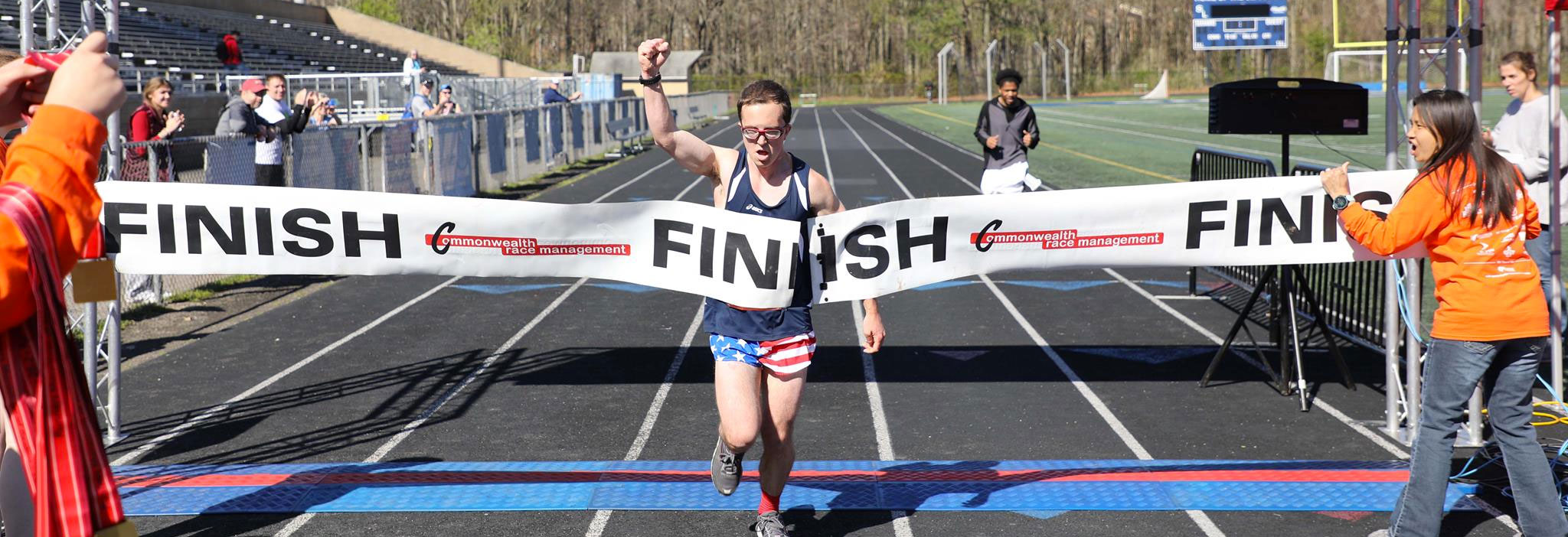The Lone Runner Series: Hill Training for Marathon Runners
Hill Training for Marathon Runners
By Ben Connelly
Hill workouts should have a role in training for any race, even track events. But they should play an even larger role in preparing for a hilly marathon, especially the San Francisco Marathon. Hill training does not mean hilly easy runs or long runs with hills. By all means, run hilly long runs in order to prepare for San Francisco. But you will also want to include dedicated hill workouts. Primarily two types.
You can include hill workouts very early in your training, and you can continue running them until the final few weeks. Short, easy hill workouts, are versatile. You can run them during busy weeks, easy weeks, or weeks with one or two very difficult workouts already (because you can focus on those key workouts and punch the clock for the hill workout).
I divide hill workouts into two types: short hill sprints, and longer hill repeats.
Short Hill Sprints:
These workouts are less specific to the marathon, and therefore less important. I still include a fair number in my training, especially early on. Any fast hill running will improve your ability to run on hills. And very short hill sprints will also help balance out the long, easy miles (and help counteract negative hormonal effects of high mileage). You could even occasionally add 2-4 very short (~15 second) hill strides after easy runs.
Hill Sprint Basics:
- Duration: 45 seconds to 1 minute
- Grade: Choose a shallow hill – too steep and you will not run fast enough
- Repetitions: Start with 6-10
- Rest: Walk back down the hill – jogging downhill with sloppy form is one of the best ways to develop an overuse injury
Longer Hill Repeats:
Marathon runners will benefit most from longer-duration hill efforts. Especially hills run at tempo pace or marathon race pace. These workouts are key in preparing for marathons with long uphill sections. These workouts should not feel too hard.
Workout Basics:
- Duration: Anywhere from 2 minutes to 800 meters (or 1000 meters, but that length is hard to find)
- Grade: Once again, you want a relatively shallow grade – especially if you plan to hit tempo pace
- Repetitions: 4-8
- Rest: You can jog back down, especially if the grade is shallow enough – try hard to maintain proper form, though (in fact, this may be a good opportunity to practice downhill running)
Conclusion:
Next week, I plan to cover downhill workouts. Most downhill workouts are actually a combination of uphill and downhill. My comments about rests during longer hill repeats foreshadow that piece. For runners planning to run any marathon that contains a good combination of uphill and downhill running, these workouts are very important.
Uphill workouts have a place in training for any race. Even short hill sprints can play a role in preparing for a marathon. Longer hill workouts are even more important. I recommend alternating one workout of each type, each week, starting early in training. As training grows more difficult, you can switch to every two weeks and eventually discontinue them during the final tapering.
Ben Connelly is a freelance writer and an experienced runner. He has written multiple e-books on running and general fitness, including a marathon training guide, which you can purchase here. You can find him at his Amazon Author page, or at his website.


